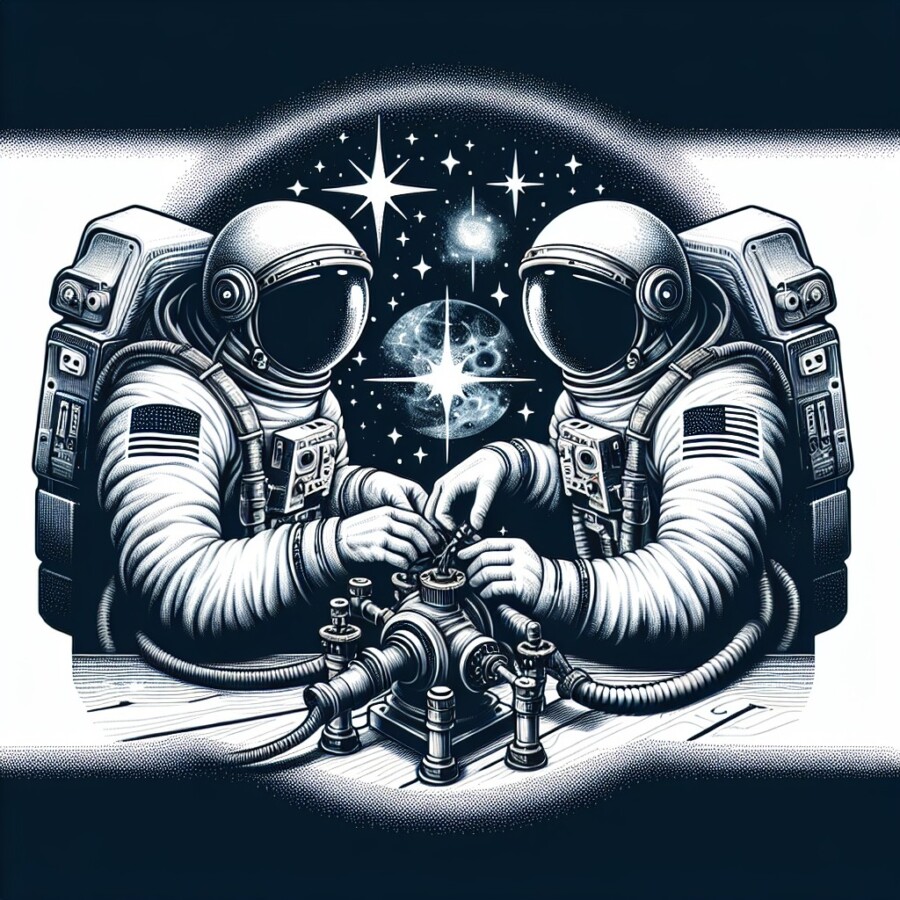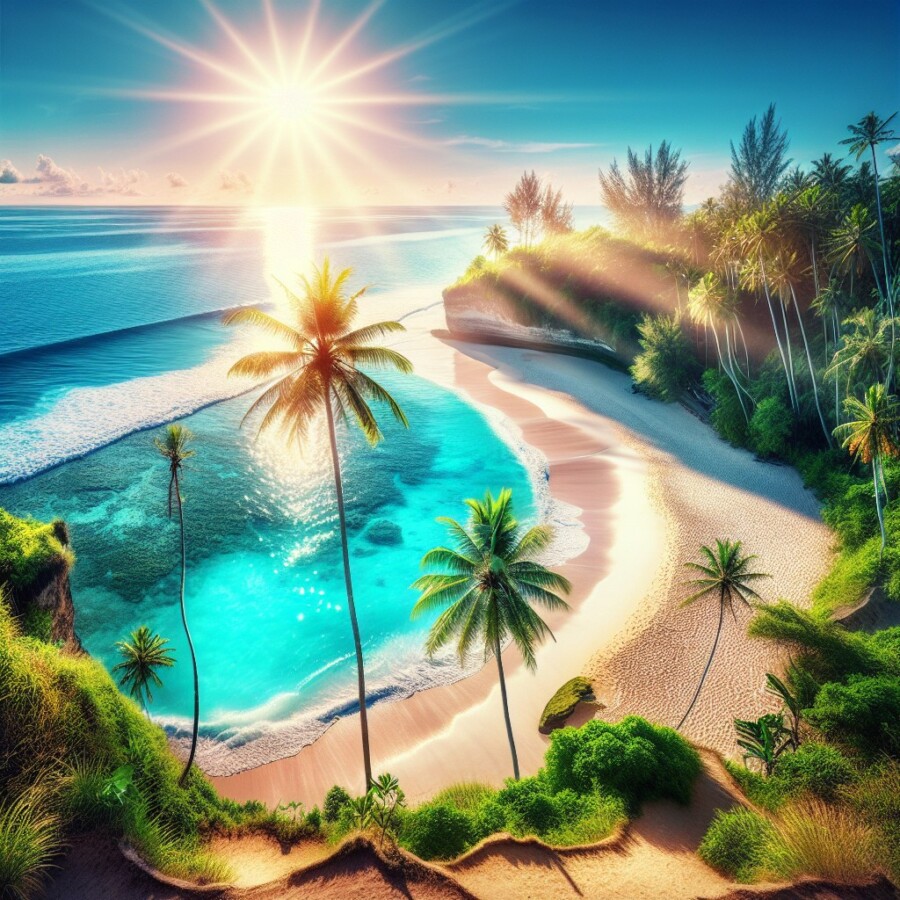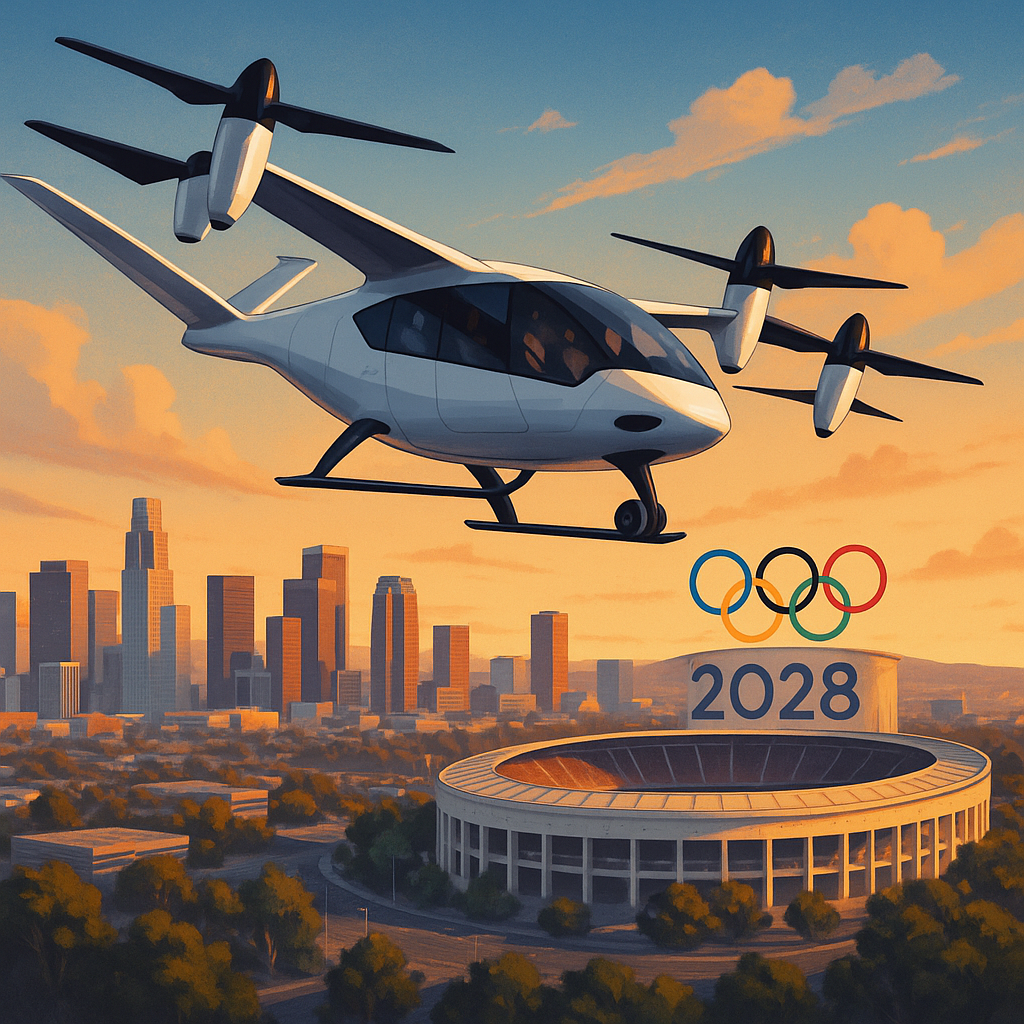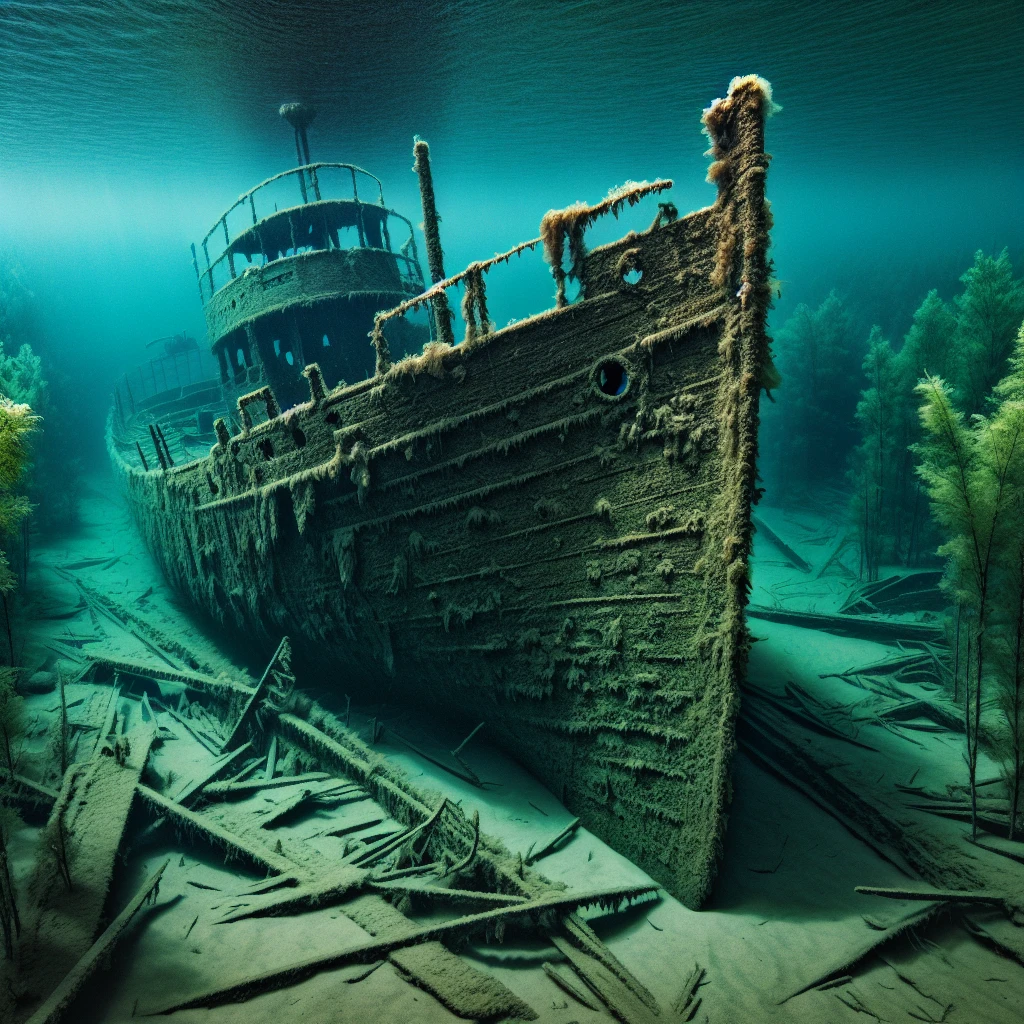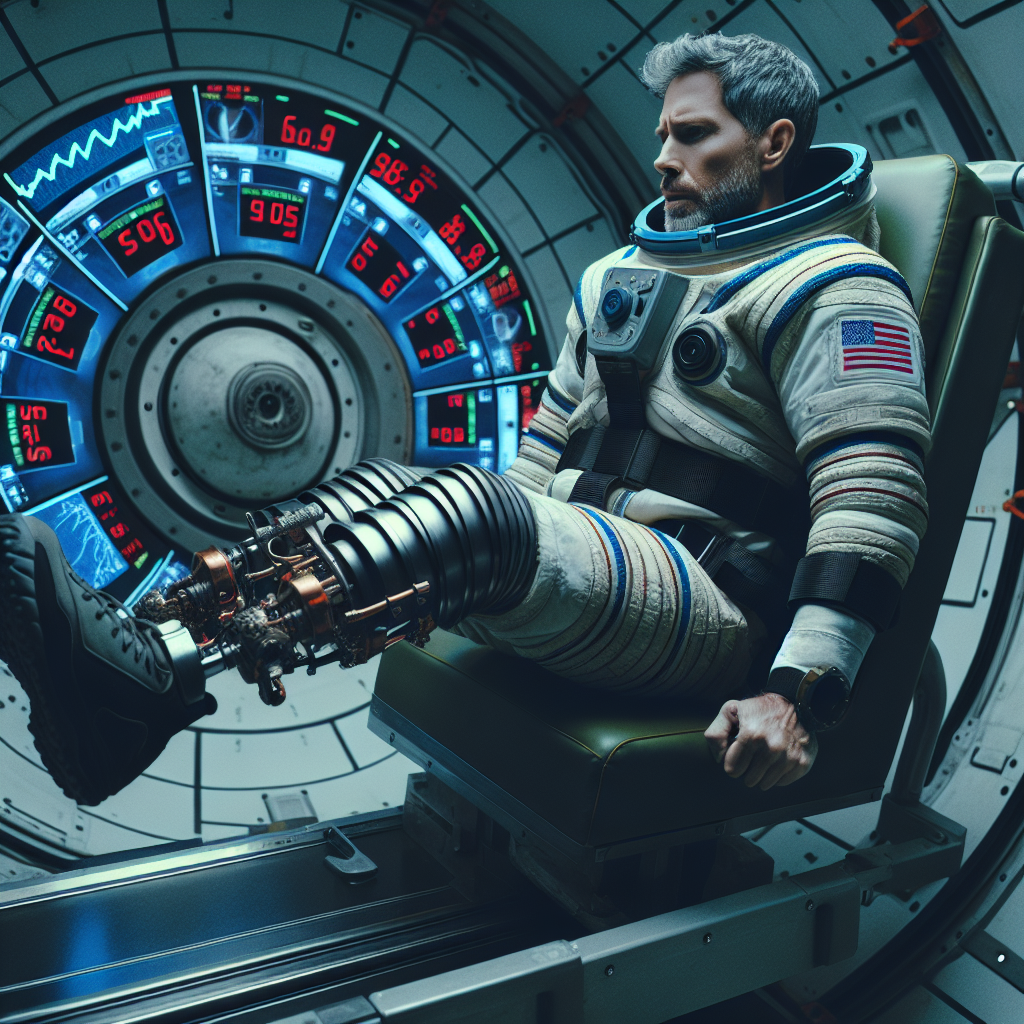The Apollo missions in the 1960s and 1970s were a big deal in space exploration. NASA sent 24 astronauts to the Moon during these missions. But now, as more countries want to go back to the Moon, we have to remember that there aren’t many Apollo astronauts left. Recently, two of them, Ken Mattingly and Frank Borman, passed away. Now, there are only eight people who have been to space beyond Earth’s orbit.
Buzz Aldrin is one of the most famous Apollo astronauts. He was the second person to walk on the Moon during the Apollo 11 mission. Even though he was proud of his achievement, Aldrin always felt a bit upset that he wasn’t the first. He still supports space exploration and has even gone on expeditions to the North and South Poles.
Bill Anders was part of the Apollo 8 crew and was one of the first people to orbit the Moon. He took a famous picture called “Earthrise” during the mission, which helped inspire the global environmental movement. After leaving NASA, Anders worked in the aerospace industry and became the US Ambassador to Norway.
Charlie Duke is one of the four remaining astronauts who have walked on the Moon. He was the Capsule Communicator during the Apollo 11 mission and was the one who heard Neil Armstrong say, “The Eagle has landed.” Duke now lives in Texas and is still excited about NASA’s future missions.
Fred Haise was on the Apollo 13 mission, which had a scary explosion that almost ended in disaster. After leaving NASA, Haise continued to work in the aerospace industry and became a test pilot for the space shuttle prototype.
Jim Lovell was part of the Apollo 8 and Apollo 13 missions. He was one of the first people to orbit the Moon. Even though he never walked on the Moon, Lovell’s experience on Apollo 13 was made into a movie. He is now the oldest living astronaut.
Harrison Schmitt was a geologist and academic who was on the last crewed mission to the Moon, Apollo 17. After leaving NASA, Schmitt became a US Senator and has been known for not fully agreeing with the scientific agreement on climate change.
David Scott was the commander of Apollo 15 and was one of the first astronauts to drive on the Moon using a special vehicle. After retiring from NASA, Scott worked in management and has been involved in movies and TV shows about space exploration.
Tom Stafford was the commander of Apollo 10, which was the final test mission before Apollo 11 landed on the Moon. He also played a big part in the Apollo-Soyuz Test Project, which was the first joint mission between the US and the Soviet Union. Stafford and his
Original news source: The last of the Moon men: the stories of the surviving Apollo astronauts (BBC)
🎧 Listen:
Slow
Normal
Fast
📖 Vocabulary:
| 1 | exploration | The act of traveling through an unknown area to discover more about it |
| 2 | astronauts | People trained to travel and work in space |
| 3 | expeditions | Long journeys made for a specific purpose, often involving research |
| 4 | aerospace | The industry that deals with the design and production of aircraft and spacecraft |
| 5 | prototype | An original model on which something is patterned or based |
| 6 | geologist | A scientist who studies the solid parts of the Earth, like rocks and minerals |
| 7 | academic | A person who teaches at a college or university and often does research |
| 8 | commander | The person in charge of a mission or organization |
| 9 | orbit | To move in a circular path around a more massive object, like a planet or star |
| 10 | capsule | A container or compartment used in spacecraft |
| 11 | prototype | The first example of something, such as a machine or other industrial product, from which all later forms are developed |
| 12 | senator | A member of a political body that makes laws |
| 13 | ambassador | A representative of one country to another, often living in that foreign country |
| 14 | inspire | To motivate someone to do or create something |
| 15 | achievement | Something accomplished, especially by superior ability, special effort, or great courage |
Group or Classroom Activities
Warm-up Activities:
– Charades
Instructions: Divide the class into two teams. Give each team a list of words or phrases related to space exploration, such as “Moon landing,” “astronaut,” “spaceship,” etc. One person from each team will come to the front of the class and act out the word or phrase without speaking. The team members must guess what their teammate is acting out within a time limit. The team with the most correct guesses wins.
– News Summary
Instructions: Provide the students with a short summary of the article about the Apollo missions. In pairs or small groups, have them create a news report summarizing the main points of the article. They can take turns being the news anchor and the reporter. Encourage them to use their own words and present the information in a clear and concise manner.
– Opinion Poll
Instructions: Create a list of discussion questions related to space exploration, such as “Do you think it is important for countries to go back to the Moon?” or “What are the potential benefits of space exploration?” Have the students walk around the classroom and ask their classmates the questions, recording their responses. Afterward, they can share their findings with the class and discuss the different opinions.
– Word Association
Instructions: Write the words “space exploration” on the board. Have the students take turns saying a word or phrase that is associated with space exploration, such as “astronaut,” “rocket,” “Moon,” etc. Each word or phrase must start with the last letter of the previous word or phrase. For example, if a student says “rocket,” the next student must say a word that starts with “t,” such as “telescope.” Continue until no more words or phrases can be thought of.
– Sketch It
Instructions: Divide the class into pairs. Give each pair a piece of paper and a pen. One student in each pair will describe a scene or object related to space exploration, such as “an astronaut planting a flag on the Moon” or “a spaceship launching into space.” The other student must try to sketch what is being described. Afterward, they can compare their sketches and discuss any differences or similarities.
🤔 Comprehension Questions:
1. How many astronauts did NASA send to the Moon during the Apollo missions?
2. Who was the second person to walk on the Moon during the Apollo 11 mission?
3. What famous picture did Bill Anders take during his mission on Apollo 8?
4. Who was the Capsule Communicator during the Apollo 11 mission?
5. Which astronaut was part of the Apollo 13 mission that had a scary explosion?
6. Which astronaut’s experience on Apollo 13 was made into a movie?
7. What was Harrison Schmitt’s profession before becoming a US Senator?
8. Who was the commander of Apollo 10 and played a big part in the Apollo-Soyuz Test Project?
Go to answers ⇩
🎧✍️ Listen and Fill in the Gaps:
The Apollo missions in the 1960s and 1970s were a big deal in space exploration. NASA sent 24 astronauts to the Moon during these missions. But now, as more (1)______ want to go back to the Moon, we have to remember that there aren’t many Apollo astronauts left. Recently, two of them, Ken Mattingly and Frank Borman, passed away. Now, there are only eight people who have been to space beyond Earth’s orbit.
Buzz (2)______ is one of the most famous Apollo astronauts. He was the second person to walk on the Moon during the Apollo 11 mission. Even though he was (3)______ of his achievement, Aldrin always felt a bit (4)______ that he wasn’t the first. He still supports space exploration and has even gone on expeditions to the North and South Poles.
Bill Anders was part of the Apollo 8 crew and was one of the first people to orbit the Moon. He took a famous (5)______ called “Earthrise” during the mission, which helped inspire the global (6)______ movement. After leaving NASA, Anders (7)______ in the aerospace industry and became the US Ambassador to Norway.
Charlie Duke is one of the four remaining (8)______ who have walked on the Moon. He was the Capsule Communicator during the Apollo 11 mission and was the one who heard Neil Armstrong say, “The Eagle has landed.” Duke now lives in Texas and is still excited about NASA’s future missions.
Fred (9)______ was on the (10)______ 13 mission, which had a scary explosion that almost ended in disaster. After leaving NASA, Haise continued to work in the aerospace (11)______ and became a test pilot for the space shuttle prototype.
Jim Lovell was part of the Apollo 8 and Apollo 13 missions. He was one of the first people to (12)______ the Moon. Even though he never walked on the Moon, Lovell’s experience on Apollo 13 was made into a movie. He is now the oldest living astronaut.
Harrison Schmitt was a geologist and academic who was on the last crewed mission to the Moon, Apollo 17. After leaving NASA, Schmitt became a US (13)______ and has been known for not fully agreeing with the scientific agreement on climate change.
David Scott was the (14)______ of Apollo 15 and was one of the first astronauts to drive on the Moon using a (15)______ vehicle. After retiring from NASA, Scott worked in management and has been involved in movies and TV shows about space exploration.
Tom Stafford was the commander of Apollo 10, which was the (16)______ test mission before Apollo 11 landed on the Moon. He also played a big part in the Apollo-Soyuz Test Project, which was the first joint mission between the US and the Soviet Union. Stafford and his
Go to answers ⇩
💬 Discussion Questions:
Students can ask a partner these questions, or discuss them as a group.
1. What is an astronaut?
2. How would you feel if you had the opportunity to go to space?
3. Do you think it’s important for countries to continue exploring space? Why or why not?
4. What do you think it would be like to walk on the Moon?
5. Do you like watching movies or TV shows about space exploration? Why or why not?
6. How do you think the Apollo missions in the 1960s and 1970s impacted the world?
7. What is your opinion on the global environmental movement?
8. How do you think space exploration has changed since the Apollo missions?
9. Do you think it’s important for astronauts to have scientific backgrounds? Why or why not?
10. How do you think the Apollo 13 mission affected the future of space exploration?
11. What would you do if you had the opportunity to drive on the Moon?
12. How do you think the joint mission between the US and the Soviet Union impacted international relations?
13. What is your opinion on the scientific agreement on climate change?
14. How do you think space exploration will continue to evolve in the future?
15. What do you think the role of astronauts will be in the future of space exploration?
Individual Activities
📖💭 Vocabulary Meanings:
Match each word to its meaning.
Words:
1. exploration
2. astronauts
3. expeditions
4. aerospace
5. prototype
6. geologist
7. academic
8. commander
9. orbit
10. capsule
11. prototype
12. senator
13. ambassador
14. inspire
15. achievement
Meanings:
(A) A representative of one country to another, often living in that foreign country
(B) To motivate someone to do or create something
(C) Something accomplished, especially by superior ability, special effort, or great courage
(D) The person in charge of a mission or organization
(E) The first example of something, such as a machine or other industrial product, from which all later forms are developed
(F) A scientist who studies the solid parts of the Earth, like rocks and minerals
(G) The act of traveling through an unknown area to discover more about it
(H) A person who teaches at a college or university and often does research
(I) People trained to travel and work in space
(J) A container or compartment used in spacecraft
(K) Long journeys made for a specific purpose, often involving research
(L) The industry that deals with the design and production of aircraft and spacecraft
(M) To move in a circular path around a more massive object, like a planet or star
(N) An original model on which something is patterned or based
(O) A member of a political body that makes laws
Go to answers ⇩
🔡 Multiple Choice Questions:
1. How many Apollo astronauts were sent to the Moon?
(a) 8
(b) 24
(c) 2
(d) 4
2. Who was the second person to walk on the Moon?
(a) Ken Mattingly
(b) Frank Borman
(c) Bill Anders
(d) Buzz Aldrin
3. Who took the famous picture called “Earthrise” during the Apollo 8 mission?
(a) Charlie Duke
(b) Bill Anders
(c) Fred Haise
(d) Jim Lovell
4. Who was the Capsule Communicator during the Apollo 11 mission?
(a) Charlie Duke
(b) Buzz Aldrin
(c) Fred Haise
(d) Harrison Schmitt
5. Who was on the Apollo 13 mission that had a scary explosion?
(a) Buzz Aldrin
(b) David Scott
(c) Fred Haise
(d) Tom Stafford
6. Whose experience on Apollo 13 was made into a movie?
(a) Harrison Schmitt
(b) David Scott
(c) Jim Lovell
(d) Tom Stafford
7. Who was a geologist and became a US Senator after leaving NASA?
(a) Jim Lovell
(b) Bill Anders
(c) Tom Stafford
(d) Harrison Schmitt
8. Who was the commander of Apollo 15 and drove on the Moon using a special vehicle?
(a) David Scott
(b) Buzz Aldrin
(c) Charlie Duke
(d) Ken Mattingly
Go to answers ⇩
🕵️ True or False Questions:
1. The Apollo missions sent 24 astronauts to the Moon in the 1960s and 1970s.
2. Bill Anders did not take the famous picture “Earthrise” during the Apollo 8 mission.
3. Buzz Aldrin was the second person to walk on the Moon during the Apollo 11 mission.
4. Jim Lovell was not part of the Apollo 8 and Apollo 13 missions, and his experience on Apollo 13 was not made into a movie.
5. Charlie Duke was the Capsule Communicator during the Apollo 11 mission.
6. Fred Haise was not on the Apollo 13 mission, which had a dangerous explosion.
7. There are currently only eight people who have been to space beyond Earth’s orbit.
8. Two Apollo astronauts, Ken Mattingly and Frank Borman, have not recently passed away.
Go to answers ⇩
📝 Write a Summary:
Write a summary of this news article in two sentences.
Check your writing now with the best free AI for English writing!
Writing Questions:
Answer the following questions. Write as much as you can for each answer.
Check your answers with our free English writing assistant!
1. How many Apollo astronauts are still alive today?
2. Who was the second person to walk on the Moon during the Apollo missions?
3. What famous picture did Bill Anders take during his mission?
4. What did Charlie Duke hear Neil Armstrong say during the Apollo 11 mission?
5. Which astronaut’s experience on Apollo 13 was made into a movie?
✅ Answers
🤔✅ Comprehension Question Answers:
1. How many astronauts did NASA send to the Moon during the Apollo missions?
NASA sent 24 astronauts to the Moon during the Apollo missions.
2. Who was the second person to walk on the Moon during the Apollo 11 mission?
Buzz Aldrin was the second person to walk on the Moon during the Apollo 11 mission.
3. What famous picture did Bill Anders take during his mission on Apollo 8?
Bill Anders took a famous picture called “Earthrise” during his mission on Apollo 8.
4. Who was the Capsule Communicator during the Apollo 11 mission?
Charlie Duke was the Capsule Communicator during the Apollo 11 mission.
5. Which astronaut was part of the Apollo 13 mission that had a scary explosion?
Fred Haise was part of the Apollo 13 mission that had a scary explosion.
6. Which astronaut’s experience on Apollo 13 was made into a movie?
Jim Lovell’s experience on Apollo 13 was made into a movie.
7. What was Harrison Schmitt’s profession before becoming a US Senator?
Harrison Schmitt was a geologist and academic before becoming a US Senator.
8. Who was the commander of Apollo 10 and played a big part in the Apollo-Soyuz Test Project?
Tom Stafford was the commander of Apollo 10 and played a big part in the Apollo-Soyuz Test Project.
Go back to questions ⇧
🎧✍️✅ Listen and Fill in the Gaps Answers:
(1) countries
(2) Aldrin
(3) proud
(4) upset
(5) picture
(6) environmental
(7) worked
(8) astronauts
(9) Haise
(10) Apollo
(11) industry
(12) orbit
(13) Senator
(14) commander
(15) special
(16) final
Go back to questions ⇧
📖💭✅ Vocabulary Meanings Answers:
1. exploration
Answer: (G) The act of traveling through an unknown area to discover more about it
2. astronauts
Answer: (I) People trained to travel and work in space
3. expeditions
Answer: (K) Long journeys made for a specific purpose, often involving research
4. aerospace
Answer: (L) The industry that deals with the design and production of aircraft and spacecraft
5. prototype
Answer: (N) An original model on which something is patterned or based
6. geologist
Answer: (F) A scientist who studies the solid parts of the Earth, like rocks and minerals
7. academic
Answer: (H) A person who teaches at a college or university and often does research
8. commander
Answer: (D) The person in charge of a mission or organization
9. orbit
Answer: (M) To move in a circular path around a more massive object, like a planet or star
10. capsule
Answer: (J) A container or compartment used in spacecraft
11. prototype
Answer: (E) The first example of something, such as a machine or other industrial product, from which all later forms are developed
12. senator
Answer: (O) A member of a political body that makes laws
13. ambassador
Answer: (A) A representative of one country to another, often living in that foreign country
14. inspire
Answer: (B) To motivate someone to do or create something
15. achievement
Answer: (C) Something accomplished, especially by superior ability, special effort, or great courage
Go back to questions ⇧
🔡✅ Multiple Choice Answers:
1. How many Apollo astronauts were sent to the Moon?
Answer: (b) 24
2. Who was the second person to walk on the Moon?
Answer: (d) Buzz Aldrin
3. Who took the famous picture called “Earthrise” during the Apollo 8 mission?
Answer: (b) Bill Anders
4. Who was the Capsule Communicator during the Apollo 11 mission?
Answer: (a) Charlie Duke
5. Who was on the Apollo 13 mission that had a scary explosion?
Answer: (c) Fred Haise
6. Whose experience on Apollo 13 was made into a movie?
Answer: (c) Jim Lovell
7. Who was a geologist and became a US Senator after leaving NASA?
Answer: (d) Harrison Schmitt
8. Who was the commander of Apollo 15 and drove on the Moon using a special vehicle?
Answer: (a) David Scott
Go back to questions ⇧
🕵️✅ True or False Answers:
1. The Apollo missions sent 24 astronauts to the Moon in the 1960s and 1970s. (Answer: True)
2. Bill Anders did not take the famous picture “Earthrise” during the Apollo 8 mission. (Answer: False)
3. Buzz Aldrin was the second person to walk on the Moon during the Apollo 11 mission. (Answer: True)
4. Jim Lovell was not part of the Apollo 8 and Apollo 13 missions, and his experience on Apollo 13 was not made into a movie. (Answer: False)
5. Charlie Duke was the Capsule Communicator during the Apollo 11 mission. (Answer: True)
6. Fred Haise was not on the Apollo 13 mission, which had a dangerous explosion. (Answer: False)
7. There are currently only eight people who have been to space beyond Earth’s orbit. (Answer: True)
8. Two Apollo astronauts, Ken Mattingly and Frank Borman, have not recently passed away. (Answer: False)
Go back to questions ⇧



